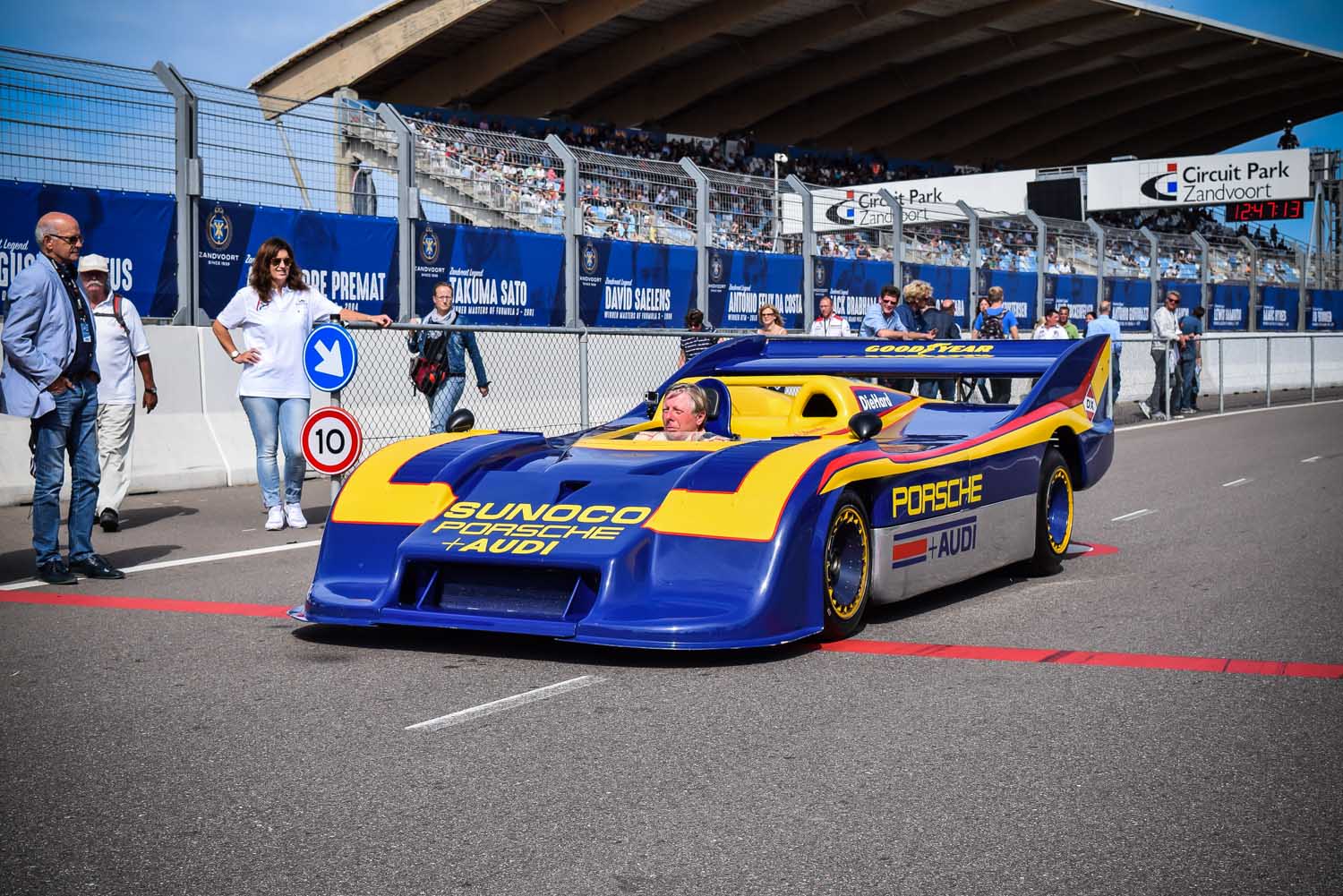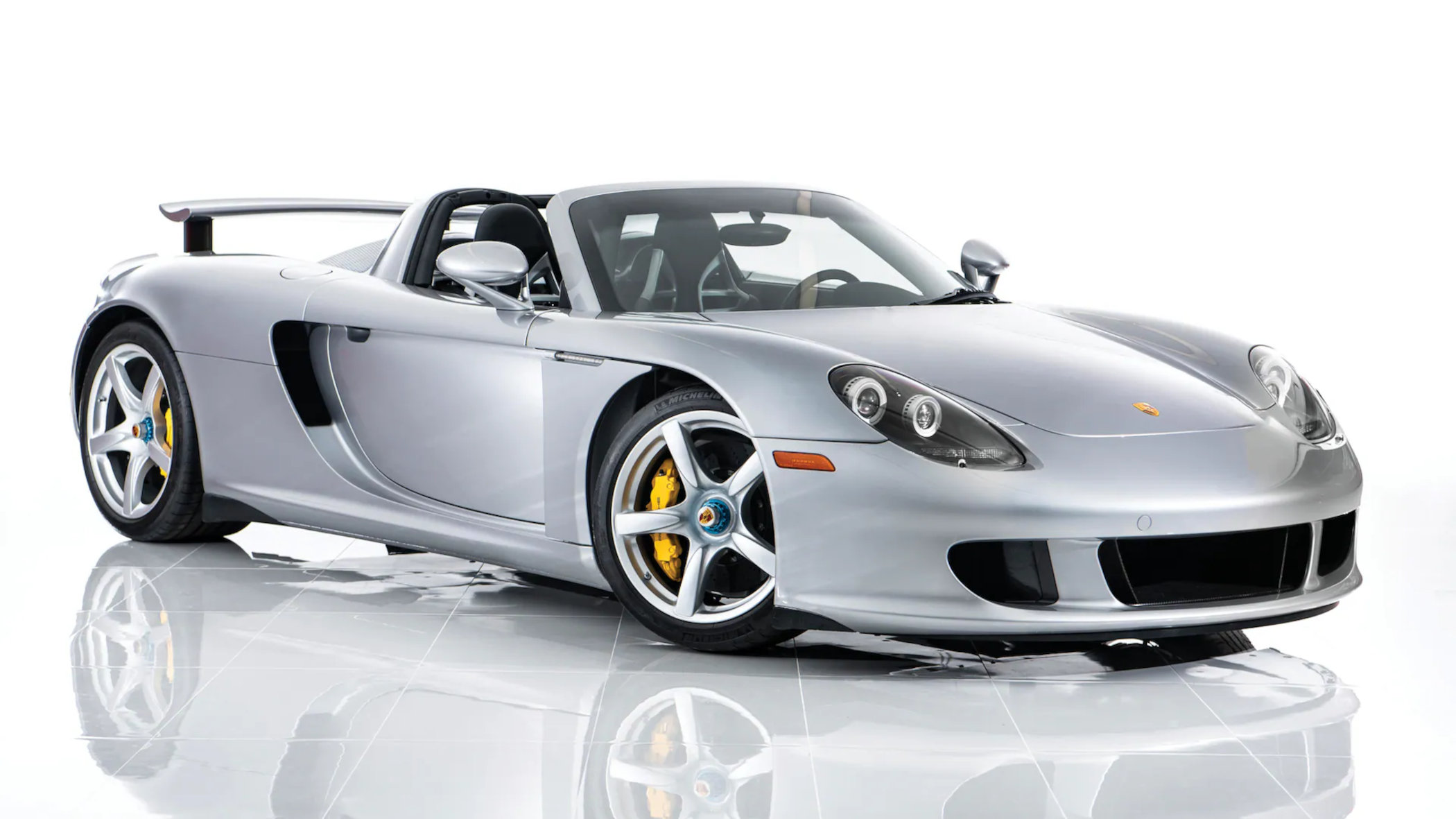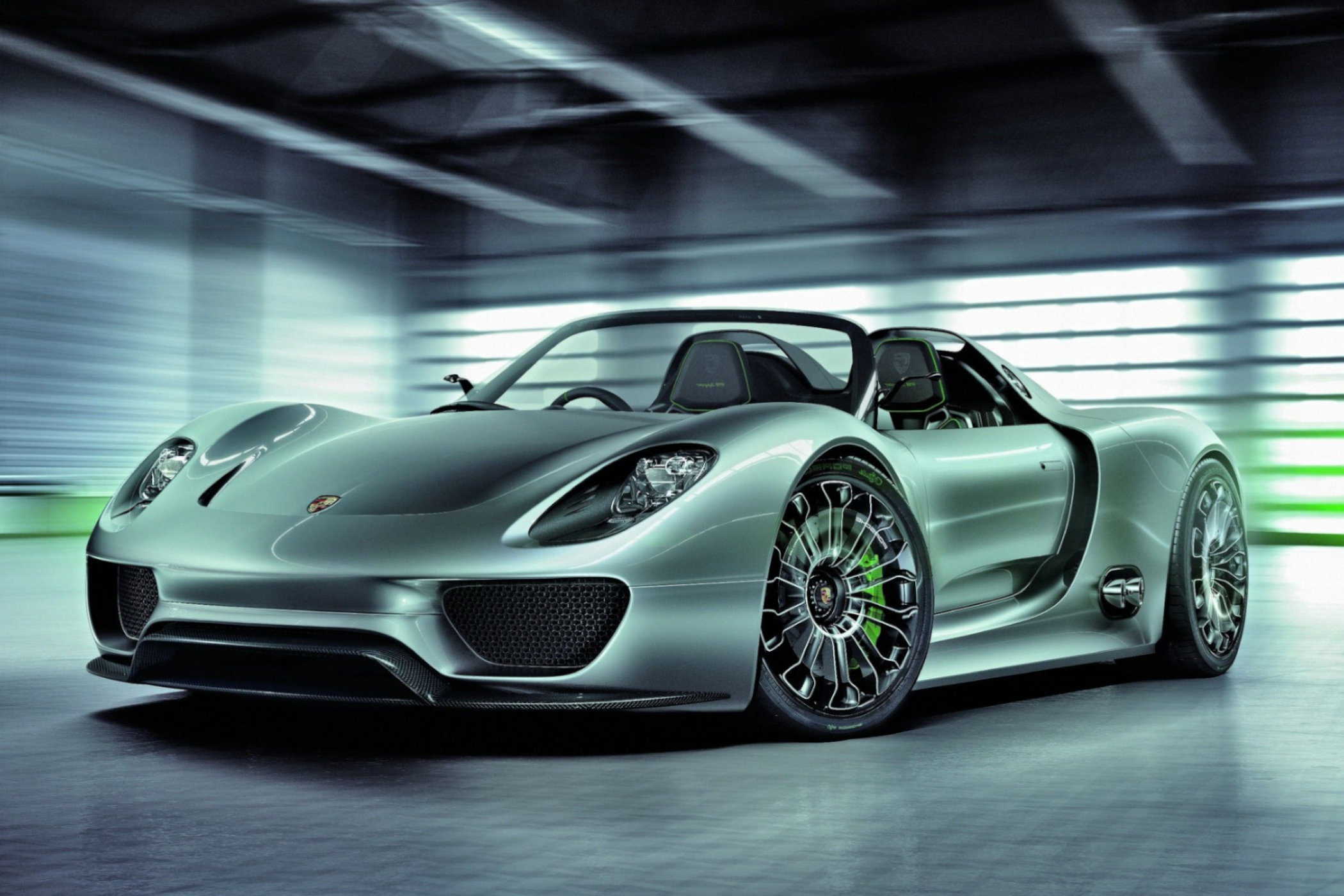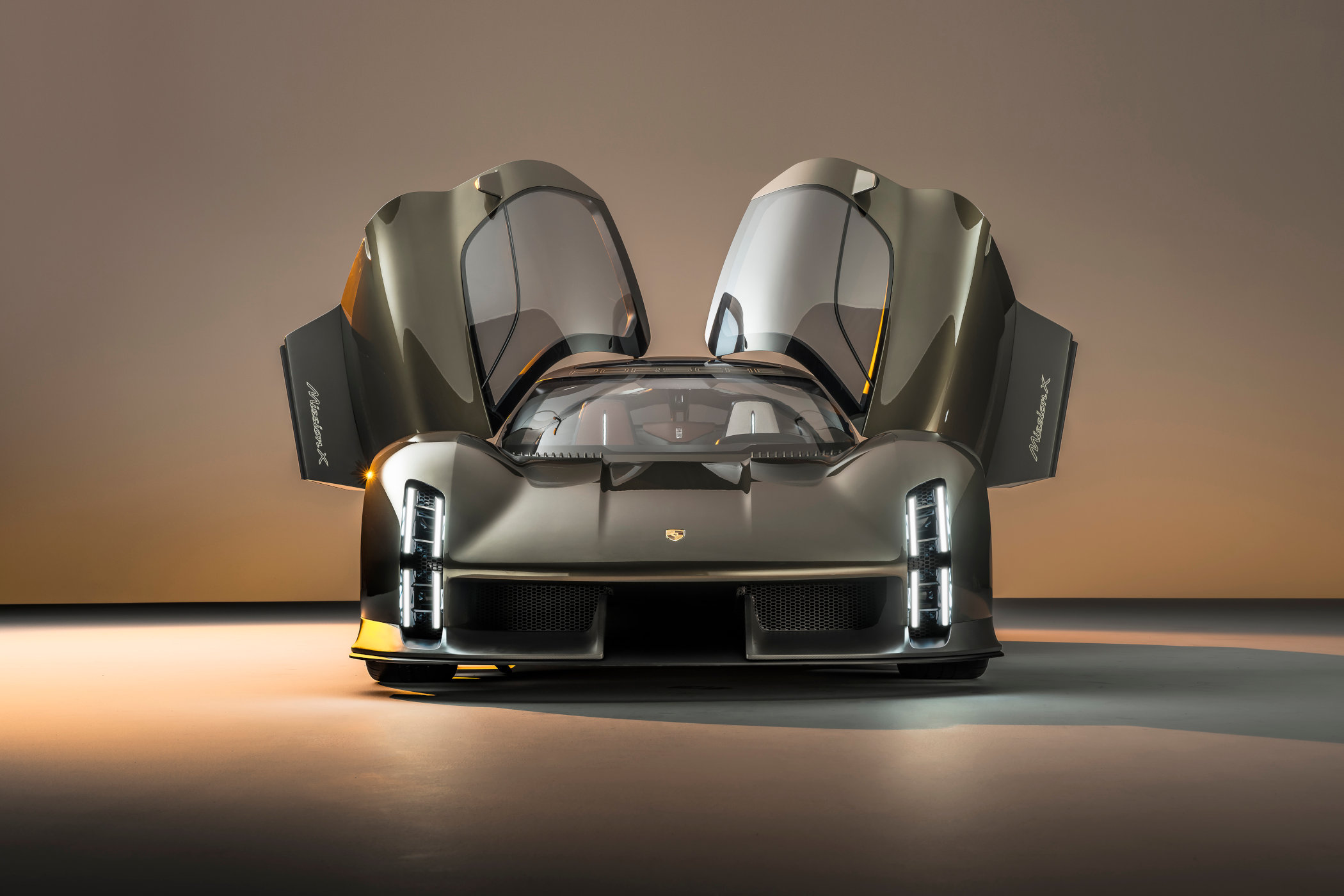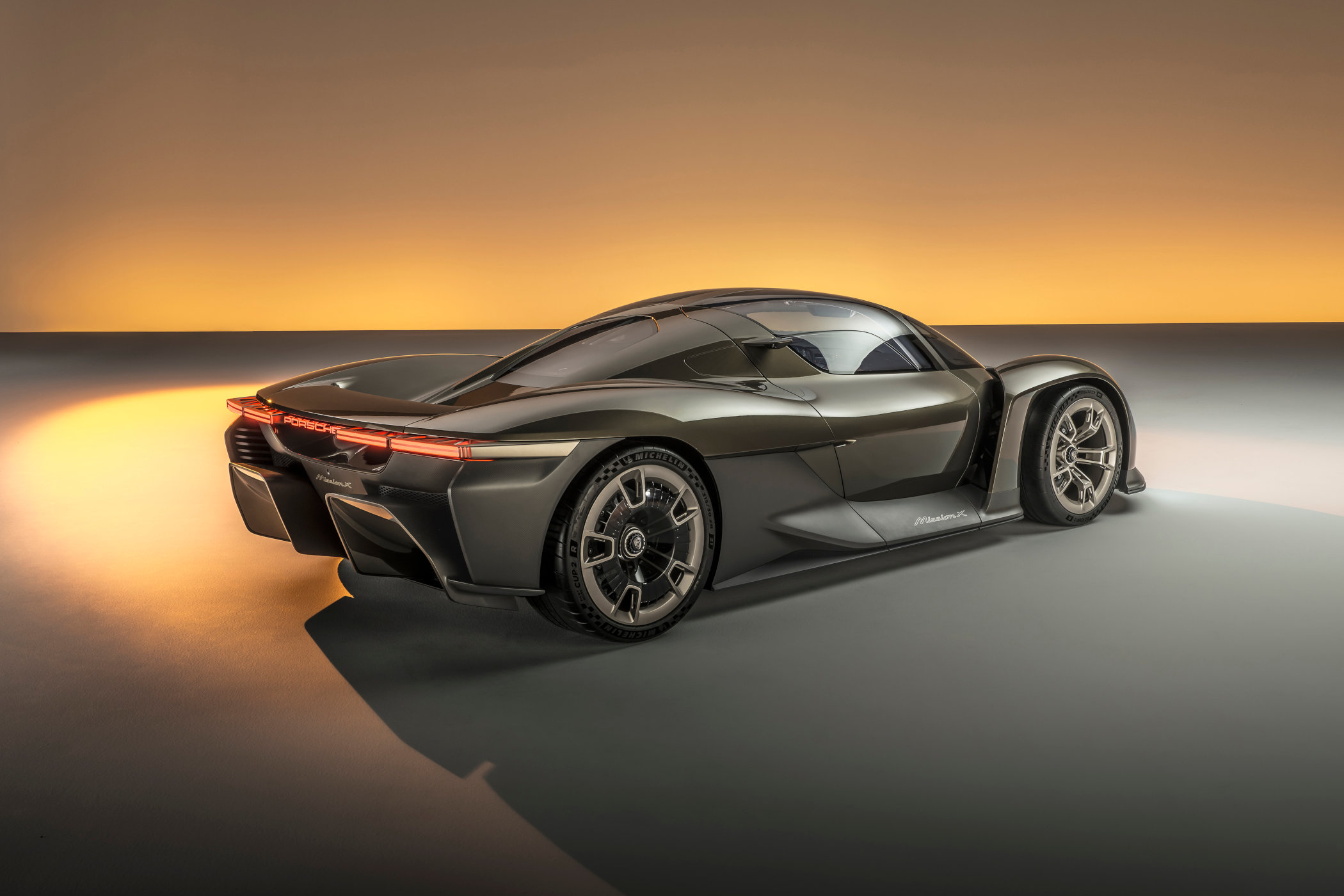Porsche Celebrates 75 Years Of Sports Cars With The Mission X Concept
A radical and futuristic EV hypercar that's still very much a Porsche from top to bottom.
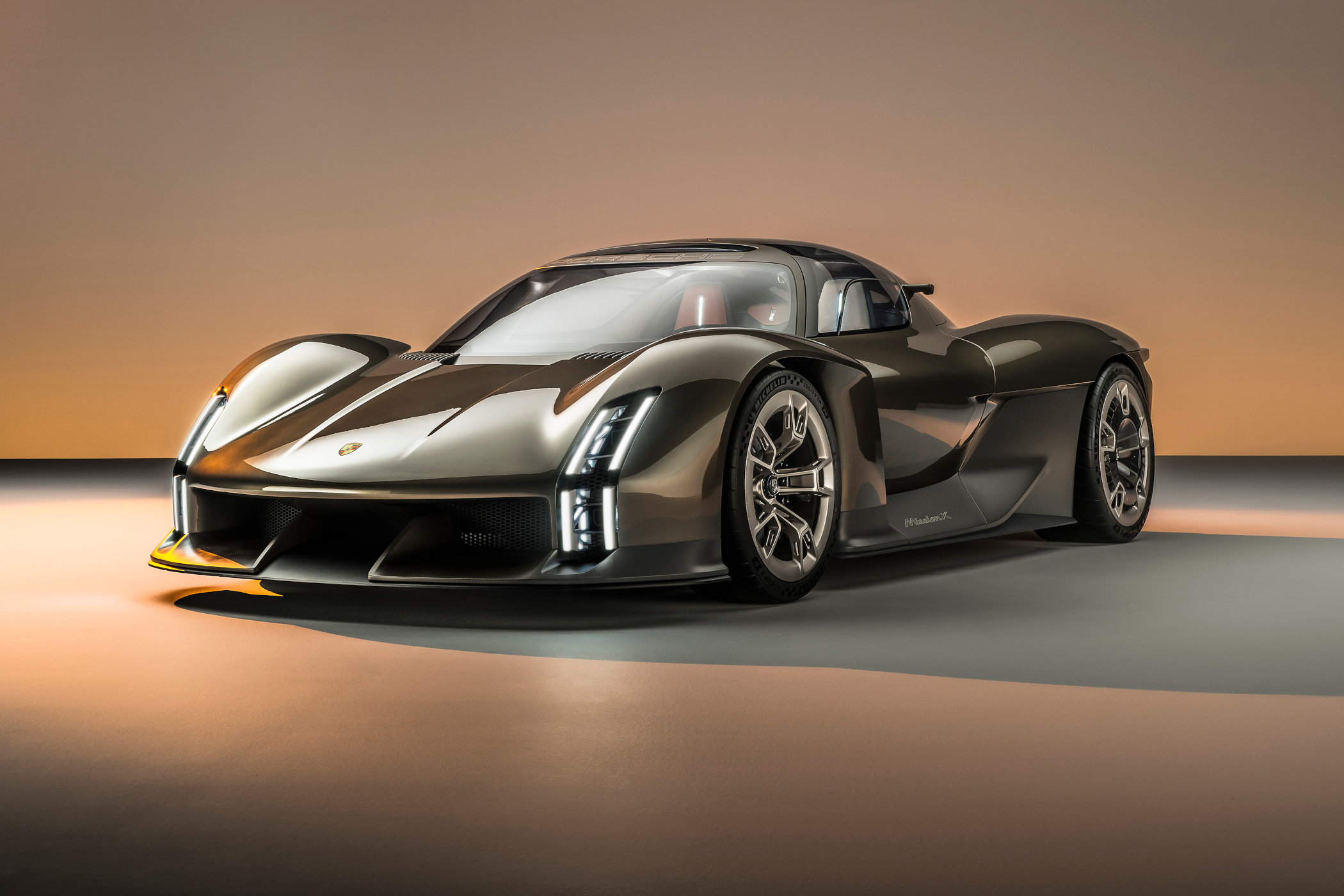
Birthdays are to be celebrated, whether it’s a personal one or one related to a company or product. Just as in watchmaking, where this year we celebrate anniversaries of the Rolex Daytona, TAG Heuer Carrera Chronograph, Blancpain Fifty Fathoms and many others, there’s plenty of partying going on in the car industry. Iconic cars like the Chevrolet Corvette, or the Aston Martin DB5 can blow out quite a few candles. One birthday bash perhaps stands out a little more; Porsche’s 75th anniversary as a sports car manufacturer! And as a birthday present to itself, Porsche has built the Mission X Concept, an all-electric hypercar study that takes us on a tour of what the future might hold for the prolific German sports car builder.
75 Years of pushing boundaries
This year we celebrate 75 years of Porsche sports cars, but by limiting ourselves to that timeframe we leave out a large part of the company’s history. Dr Ferdinand Porsche actually founded the Dr Ing h.c. F. Porsche GmbH company in 1931. The engineering firm initially offered development and consulting work for the automotive industry but didn’t build any cars in its first few years. One of the most famous pre-war products that involved Porsche was the Volkswagen Beetle, which was one of the first assignments for company founder Ferdinand Porsche and his team. We all know this was commissioned by the Nazi regime, but thankfully the Beetle grew into a symbol of peace in the post-war era and remains one of the most successful cars ever built. Just before the outbreak of World War II and using many parts of the first-generation VW Beetle, Porsche developed the Type 64, which was to be the blueprint for its post-war design of the 356 and many cars that followed.
Following the war, it would take another three years before an actual production Porsche sports car would see the light of day. The Porsche 356 No 1 was the first car bearing the Porsche name and badge to be given a road-legal status, effectively birthing Porsche as a motorcar company. The first 49 cars were built in Gmünd, Austria, before the Porsche company would be transferred to Zuffenhausen, Germany in 1950. Just like the Type 64, the early 356s relied on Beetle components such as the suspension, gearbox and engine. The 356 would evolve into much more than just a suped-up Beetle, however, and the Porsche company eventually also took it racing, to great success.

In a genuine David versus Goliath style, the lightweight and nimble Porsche 356 took the fight to much bigger, larger and more powerful cars, and would regularly come out on top. By 1963 it was time for the 356 to retire and for Porsche to take things up a notch or two. The result was the 901 introduced in 1964, which was renamed to 911 after a dispute with Peugeot over the rights to use the number-zero-number designation on cars. The overall recipe of the 901/911 versus the 356 would be the same, and it still pretty much is to this day: a two-door coupe or roadster body with a boxer-type engine in the rear.
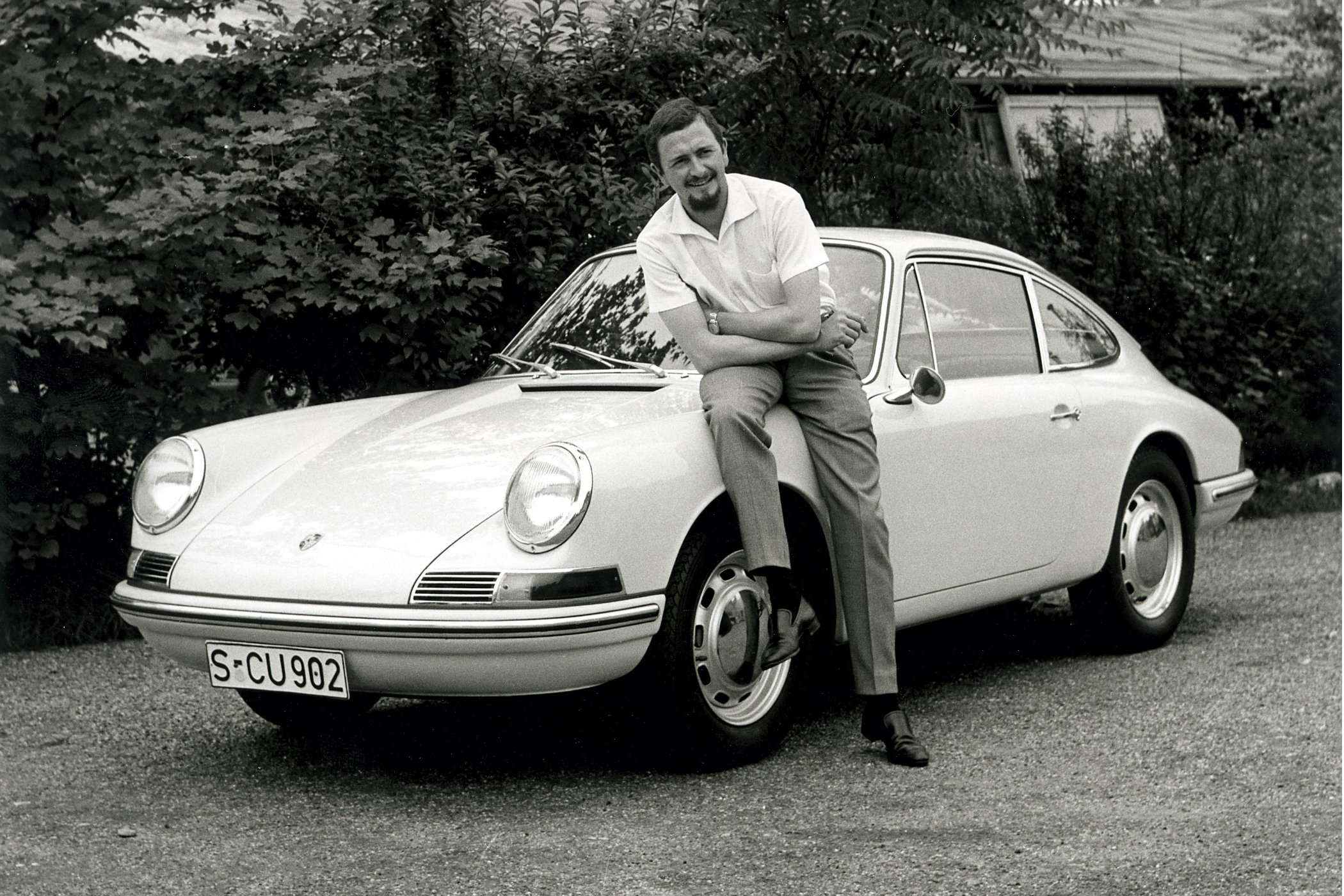
The success of the 356 and even more so of the 911, both on the road and in racing, made Porsche a legendary car manufacturer. Through countless iconic race-winning cars, the brand grew into an absolute powerhouse and holds the record for the most wins at the 24 Hours of Le Mans, 19 in total. The first time Porsche achieved overall victory in the famous endurance race was in 1970, with the groundbreaking Porsche 917 at the hands of Richard Attwood and Hans Herrmann. A year later, the 917 won again, this time piloted by Helmut Marko and Dutchman Gijs van Lennep. The Porsche 917 would grow into one an all-conquering machine, topping out with the 917-30 CanAm racer. This pumped out 1,500 horsepower in qualifying trim from a twin-turbo 5.4 litre flat-12 engine. This would effectively be the car that killed that CanAm championship as it was simply too dominant.
The 911 has always remained the most important car in Porsche’s history though, and through multiple generations has been perfected into the 911 we have today. For decades, it has been the benchmark for sports cars, often incorporating groundbreaking new technology. But the 911 is not all the company does, as there are countless other iconic cars with a Porsche badge. There’s its little brother of course, the 718 Boxster/Cayman family, the Cayenne that effectively saved the company from bankruptcy, the all-electric Taycan and so on. And let’s not forget genuine supercars like the advanced Porsche 959, V10-powered Carrera GT (below, left) or the 918 Spyder (below, right). All cars that push the boundaries of the sports cars built by Porsche.
The Mission X Concept
And then we arrive at the Porsche Mission X Concept, built in what is a celebratory year. It’s best described as a spiritual successor the mighty Porsche 918 Spider, one part of the hybrid-hypercar-holy-trinity along with the Ferrari LaFerrari and the McLaren P1. And even though it’s very much a concept car, it does show hints as to what direction the design of Porsche sports cars is heading into.
The Mission X was unveiled just a couple of weeks ago on the occasion of the opening of the ’75 Years of Porsche Sports Cars’ exhibition at the Porsche Museum in Stuttgart. The fully electric car is a showcase for a supercar/hypercar of the future, while also celebrating iconic sports cars of the past. Going over the details of the car reveals things like the wrap-around windshield reminiscent of early sports car prototype racers such as the 906, 910, and 917. The inset on the ‘hood’ or front section of the car is a long-standing design element of the 911 (and various other cars). The turbo-fan wheel covers are a hint to the ones Porsche used on the 934 and 935 racing cars. The quad-headlight units are an evolution of the ones found in the current generation of Porsche cars. there’s plenty to discover walking around it.
Inside there’s an airy, space-age-looking interior. The seats and part of the interior are colour-coded in white and brown to mark out what’s for the driver, and what’s for the passenger. A bit odd, yes, but it does accentuate the focus on driving. The yoke-like steering wheel looks straight out of a Le Mans prototype and features an array of buttons and switches. Behind it, a digital screen provides you with the most important information. A combination of a digital screen and an analogue Porsche Design dashboard stopwatch in front of the passenger indicates lap times and other vital data.
The exterior of the Mission X is crafted out of carbon fibre and features butterfly wing doors, inspired by Le Mans racers (and the ultimate show-off in a supercar/hypercar of course). Up front, there is a massive splitter, while at the rear you can’t get around the huge diffuser. The tail lights are integrated into the rear wing. The canopy has a carbon fibre exoskeleton and five glass elements, one of which is shaped like the one used on a Gulf-liveried Porsche 917 at one point (see above). The overall size is comparable to the Carrera GT and 918 Spyder, but it looks much more compact due to the more dramatic drop of the rear section of the body. It looks mightily fast, even standing still.
But just how fast it is, we don’t know. Porsche has not communicated much in terms of performance figures, other than the fact it will have more downforce than the bonkers 992 generation of the 911 GT3 RS. There’s no word on power, range, acceleration, top speed or anything. However, Porsche being Porsche, if this will hit production it’s very likely to once again set the benchmark for, in this case, EV supercars and hypercars. Porsche envisions this to be the fasted road-legal car around the Nürburgring Nordschleife, have a one-to-one ratio for power versus weight, and offer a better range and faster charging than its current flagship EV, the Taycan Turbo S. There’s also no word on pricing, but expect the question “How much is it?” to be answered with “A lot!” when it does enter production.
For more information, please visit Porsche.com or Newsroom.Porsche.com
Editorial Note: The images used to illustrate this article are sourced from Newsroom.Porsche.com or our own archives.




